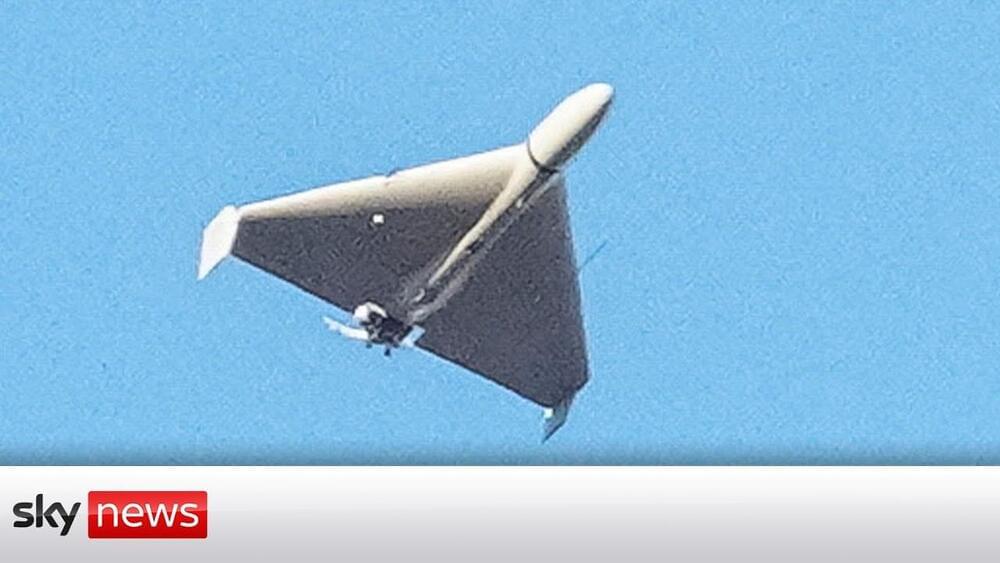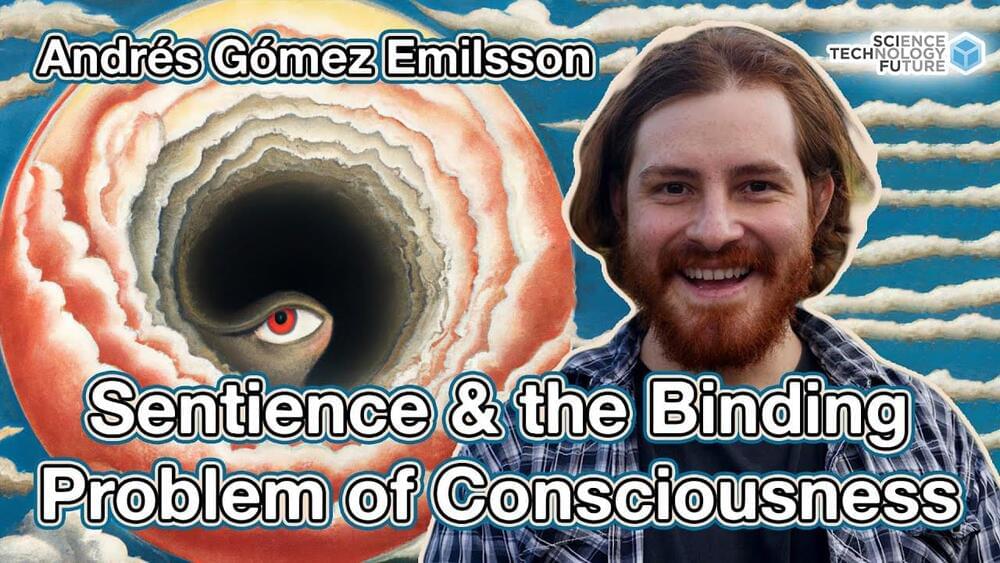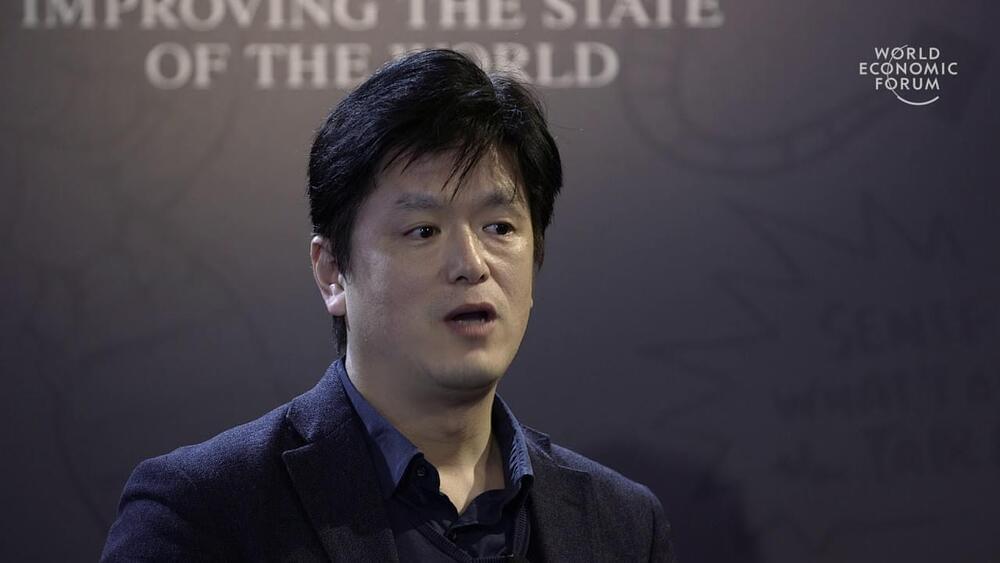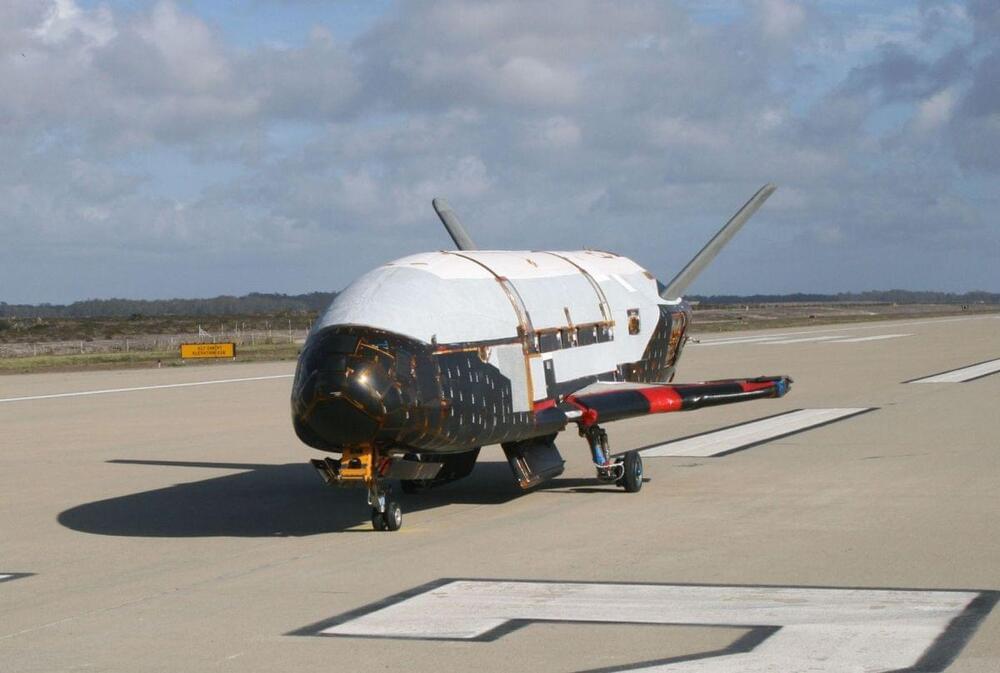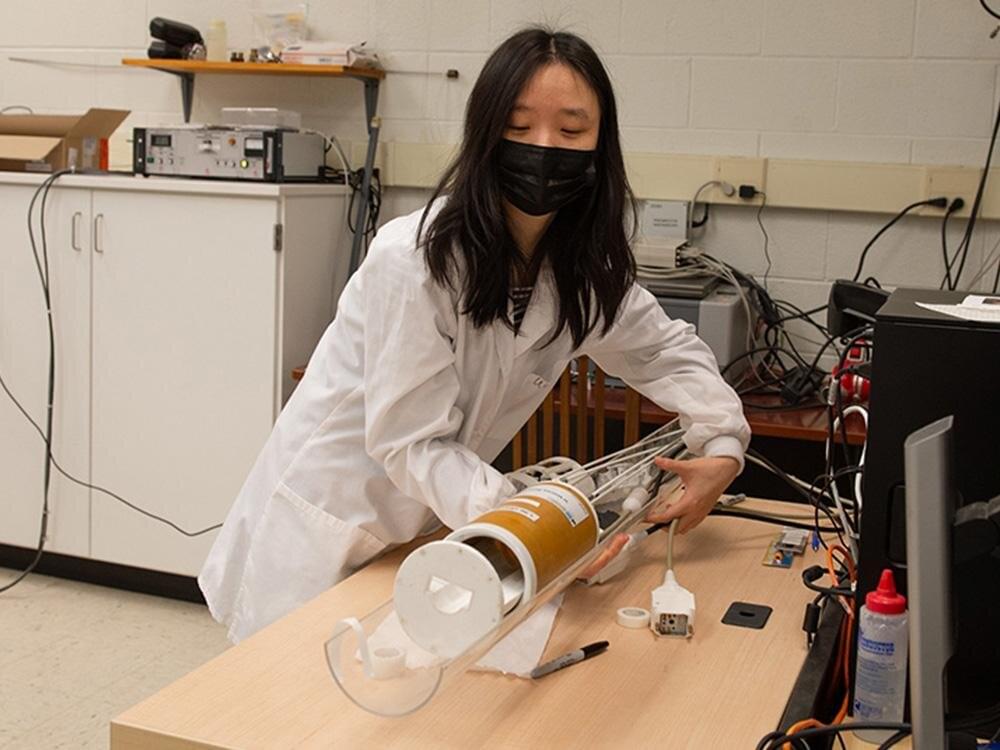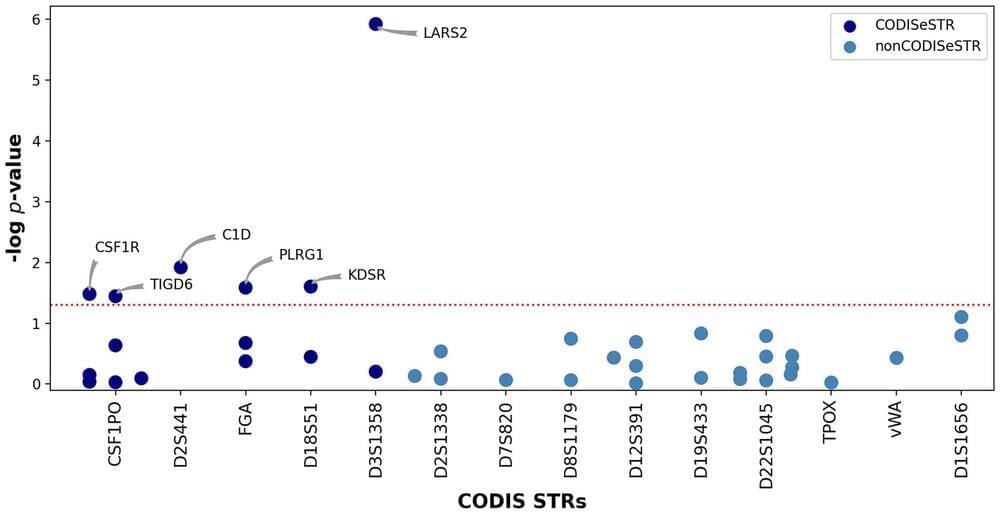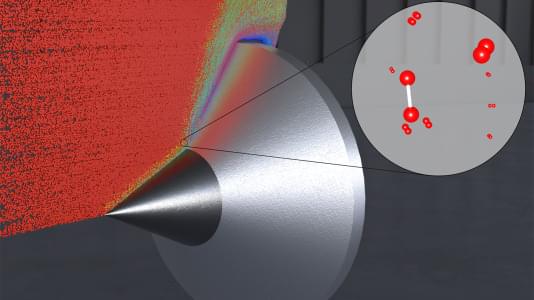
The scientific world has long acknowledged that proving mathematical theorems is an essential first step in developing artificial intelligence. To prove the truth or falsity of a conjecture, one must use symbolic thinking and sort through an unlimited number of alternatives. These tasks are beyond the capabilities of even the most sophisticated AI systems.
The state of the art in artificial intelligence today is to create machines that can “solve at once” or come up with a whole answer to a problem in a single go. However, this is not how most individuals approach difficult situations. Mathematical reasoning is significantly more challenging to formalize and measure.
Meta AI has made an important development at the intersection of artificial intelligence and mathematics. The neural theorem prover developed by the team has completed five times as many IMO problems as any other AI system before it, totaling ten. Concerning miniF2F, a popular mathematics test, the AI model outperforms the state of art by 20% and outperforms Metamath by 10%.
